The story of “fallen tycoon” Brian O’Donnell, the differences between bankruptcy in the UK and Ireland and an £11 million mansion
In these straightened times, the media in general and the Daily Mail in particular quickly latch on to stories about benefit scroungers living in luxury homes. They’re less quick, however, with the exception of the case of Grant Bovey (“Mr Anthea Turner”), to make reference to stories of bankrupt individuals remaining in multi-million pound mansions.

A most newsworthy example, though, has to be that of Irish property investor Brian O’Donnell and his psychiatrist wife Dr Mary Patricia “Pat” O’Donnell. Mr O’Donnell, who bought the Sanctuary Buildings in London for £170 million and paid $172.5 million for a 199,000 square foot property on Pennsylvania Avenue in Washington in 2008, started his career as a solicitor and eventually founded his own firm, Brian O’Donnell & Partners, in 1999. In time, he and his wife diversified into property investment and at the height of his success, Mr O’Donnell was described as “the Celtic Tiger poster child”. With the recession, however, came problems and by 2011, they owed Morgan Stanley €457 million, Aareal €235 million, and the Bank of Ireland circa €75 million.
In December 2011, the Bank of Ireland secured a court judgement against the O’Donnells, but as their empire collapsed it emerged that many of the assets they had acquired were held in beneficial trusts in the names of their children, Blake, Blaise, Bruce and Alexandra.
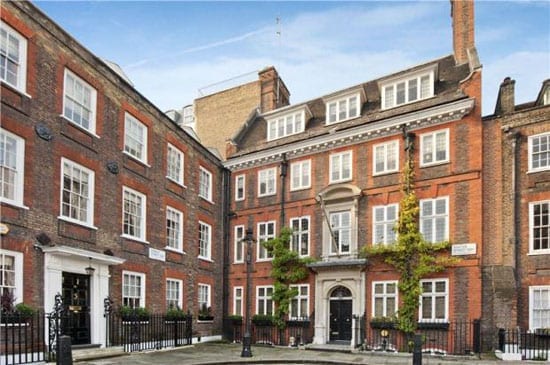
Claiming that they had moved their business interests to London in 2007, when they began renting a house at 8 Barton Street in Westminster, O’Donnell applied for bankruptcy in the UK rather than Ireland. The Grade II listed house cited as their residence, it transpired, had been purchased by Vico Barton Limited a Swiss registered trust for the O’Donnells’ children for €12.6 million in the same year and they had rented it for €5,000 a month for as they “claimed that they hadn’t been able to find anyone else to rent the property”. Of why he chose London, Mr O’Donnell explained:
“In London and New York, these things [bankruptcy proceedings] are kept quiet. Here [in Ireland], they are done with full publicity”.
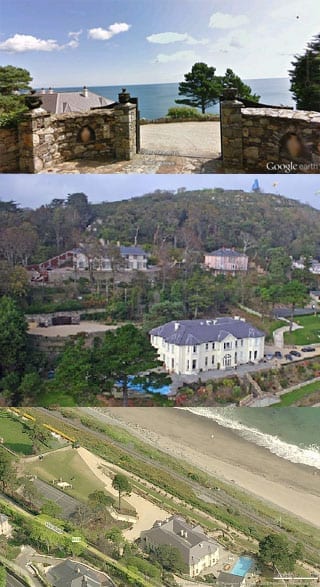
Should his move to be bankrupted in the United Kingdom have been successful, it would have been a very clever move on the part of Mr O’Donnell. Bankruptcy in Ireland lasts for an incredible 12 years. In the UK, it stands for only 1 year. The plan did not work and in dismissing the petition in December 2012, Mr Justice Newey stated:
“I could not regard Mr O’Donnell as a frank, or even a wholly truthful, witness… Given the extent of press interest in them in Ireland, I can understand why they would decide to live in London, where they are far less well-known…. It is common ground that the O’Donnells’ COMI [centre of main interest] was in Ireland up to 2005. The O’Donnells contend that their COMI shifted to England at some point between March 2005 and August 2007, when 8 Barton Street was bought… It is also of significance that Mr O’Donnell spoke of Gorse Hill [the O’Donnell family home on Vico Road in Killiney] as ‘our home’ in a radio interview on RTE Radio One on 17th December 2011”.
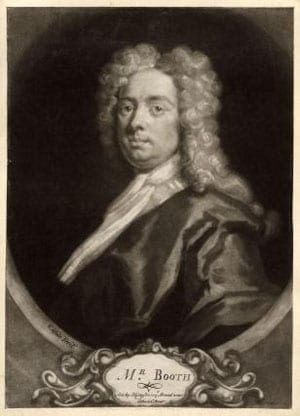
No. 8 Barton Street itself has quite a history. Situated in a street named after its Lancastrian developer, Barton Booth (1681 – 1733), one of the great actors of the early part of the 18th century, the current property there was designed by the Edwardian architect Horace Field (1861 – 1948) for Walter Runciman MP (1870 – 1949) on the site of an 18th century townhouse in 1909.
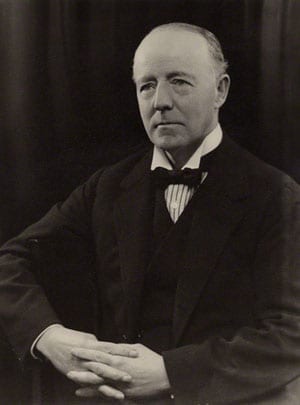
A National Liberal and son of a shipping magnate, Runciman beat Winston Churchill in a by-election for Oldham in 1899. After winning, he is said to have stated:
“Don’t worry, I don’t think this is the last the country has heard of either of us”.
That was indeed the case. The following year, 1900, Churchill again stood against Runciman and defeated him. Runciman returned to parliament several more times, first in 1902 and then in 1924, before being raised to the peerage as the 1st Viscount Runciman of Doxford in 1937. In 1938, he was sent by Prime Minister Chamberlain to Czechoslovakia to see if he could obtain a settlement between the Czechoslovak government and the Sudeten Germans. His recommendations led to the failed act of appeasement known as the Munich Agreement.
The next owners of No. 8 Barton Street were the Church Commissioners for England and Wales. They used the property until the early 1990s as a residence for the Bishops of London and on its sale, it reverted into private hands before passing into the ownership of Vico Barton Limited.
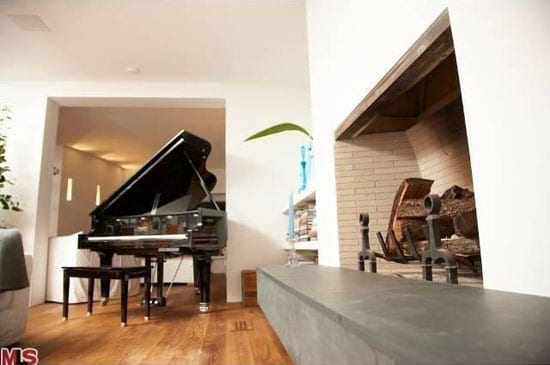
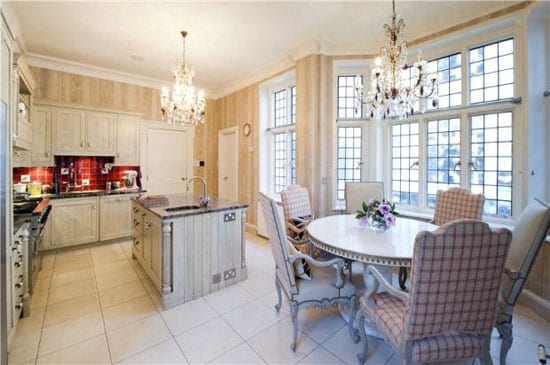

It is understood that the O’Donnells vacated No. 8 Barton Street at the end of January this year. The 9,928 square foot eight bedroomed house is now on the market with Savills for £11,000,000. It features seven reception rooms for “entertaining on a grand scale”, two studies, nine bathrooms and an indoor swimming pool. In addition, there are various domestic offices and a passenger lift.
Like Runciman said of Churchill before him, we don’t think that this, however, will be the last we hear of the O’Donnells.
For more details about 8 Barton Street, London, SW1, contact Noel De Keyzer of Savills Sloane Street on +44 (0) 20 7730 0822.
View particulars for the house at: http://search.savills.com/property-detail/gbsshsslh120106

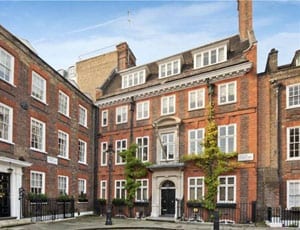








Sounds like a most complex case but from what the judge has stated, it is plainly obvious that the entire truth of the O’Donnell case is yet to be exposed.
I wouldn’t know what to do with such a large home. It isn’t cosy or inviting at all. Mind you, this probably the Savills’ publicity photo. It would be perfect for very wealthy foreign businessmen chasing a peerage…..
It’s amazing how quickly you can rise, and then how quickly you can fall right back down to earth. Great read!
so if ur bankrupt and living in Ireland.. it will be publicized.. don’t know that before but now i know.
I think it is a good precedent to finally stop many of the dodgy Irish property mafia to use the UK as an escape.
Naturally, much of the blame lies with the feckless and careless bankers who enabled people like the O Donnells to “diversify ” into property .. and amass huge debts after having enriched themselves by diverting the money into trusts etc.
Very interesting. Especially considering laws in U.S.
Crazy
Great article… will have to reseach the facts…
Its always been corrupt for example my family used to own property on the M1 marylebone area and the titles were held in the St Marlebone Church records but some one up set someone and the two pages of all the holdings were ripped out of the title books, and suddenly a Mr J Claw own all our properties and my family went into poverty. A politician “Isaccs” tried to help but to no avail…… so there has always been corruption just the degrees of corruption change but not the acts and who ever is the corrupt person will always find the most quietest root to take whether it be ireland, england spain or whatever country suits there fancy at the time.
This nice little tale about the property buying public is all about the Psychopaths behind it all.
The Irish name them and shame them! Good for the Irish! The very civilized and fair Irish at that.